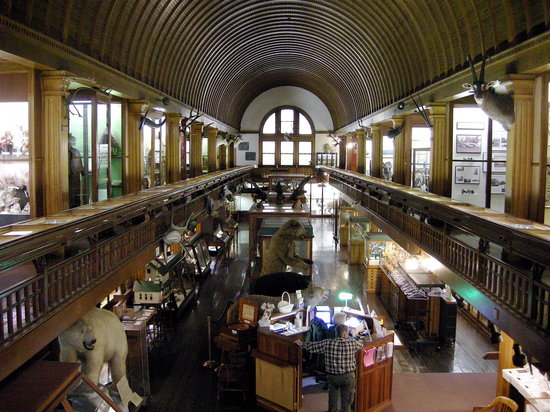Fairbanks Museum & Planetarium

Founded in 1889 by St. Johnsbury, VT industrialist Franklin Fairbanks, the Fairbanks Museum & Planetarium continues to faithfully uphold and expand upon Fairbanks' vision of a public museum with a strong educational component focused on natural history, human-environment relationships, and the universe. Our educational programs serve areas of Vermont and New Hampshire which stubbornly lag behind the rest of each state in nearly all measures of economic development. As a consequence, persistent, multi-generational poverty is a constant feature of life in this area and a major impediment to providing students with opportunities to learn technical science. The museum reaches diverse audiences in the rural Northeast Kingdom region and Northern New Hampshire through a variety of adult, elementary, and middle school aged programming. In particular, the Lymann Spitzer Jr. Planetarium, which opened in 1961, remains the only public planetarium in Vermont. Since 1981, meteorologists at the museum have produce Eye on Sky in partnership with Vermont Public Radio, which broadcasts daily to 194,000 listeners in Vermont, Massachusetts, New Hampshire, New York, and Quebec. The museum’s STEM Lab opened in 2019 (in partnership with the New Hampshire Academy of Sciences) and began offering hands-on inquiry-based science learning to middle school students living in Northern Vermont and New Hampshire. Finally, the museum’s Balch Nature School also serves preschool aged students throughout the school year. The region where the Fairbanks Museum & Planetarium is located consists of the three least populated and poorest counties in Vermont. As of 2018, population figures for Essex, Orleans, and Caledonia counties were only 6,173; 27,076; and 30,859, respectively. This makes population densities of 9 people per square mile in Essex, 39 people per square mile in Orleans, and 48 people per square mile in Caledonia. Each also has the highest percent of the population living in poverty in Vermont at 16.9 percent for Essex, 16.7 percent for Orleans, and 14.1 percent for Caledonia, respectively.
Next Blog